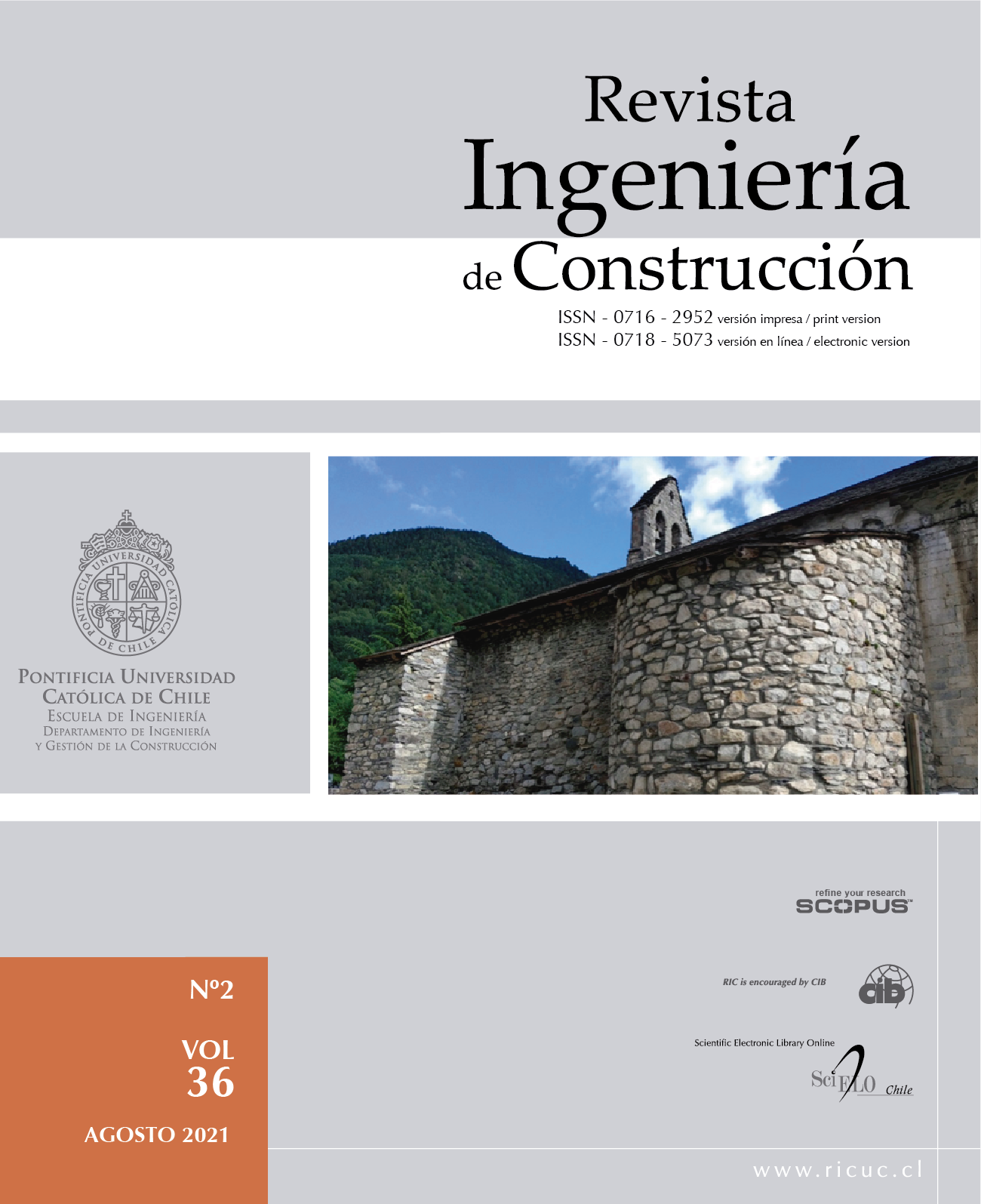Resilient Design Aspects Applied to the Envelope that Determine Thermal Comfort in Social Housing
Keywords:
Climate change adaptation, thermal comfort, resilient design, strategies, affordable housingAbstract
City dwellers in South America suffer thermal discomfort inside the buildings because of climate change, a situation that directly affects their health. Resilient design addresses this issue as a response thereto. The objective of the article is to evaluate resilient design characteristics responding to the need for thermal comfort in social housing with regard to the effect of climate change. This was carried out through a theoretical and an empirical stage in two South American cities with opposite characteristics: Passo Fundo in Brazil and Tunja in Colombia. As a result, it was found that CEB is a viable option only in climates with specific conditions given its thermal and environmental properties, according to direct heat gain strategies that tend to be resilient and fit a bioclimatic urban design better. Considering the above, it was concluded that the envelope plays a key role in resilient design in terms of thermal comfort.


